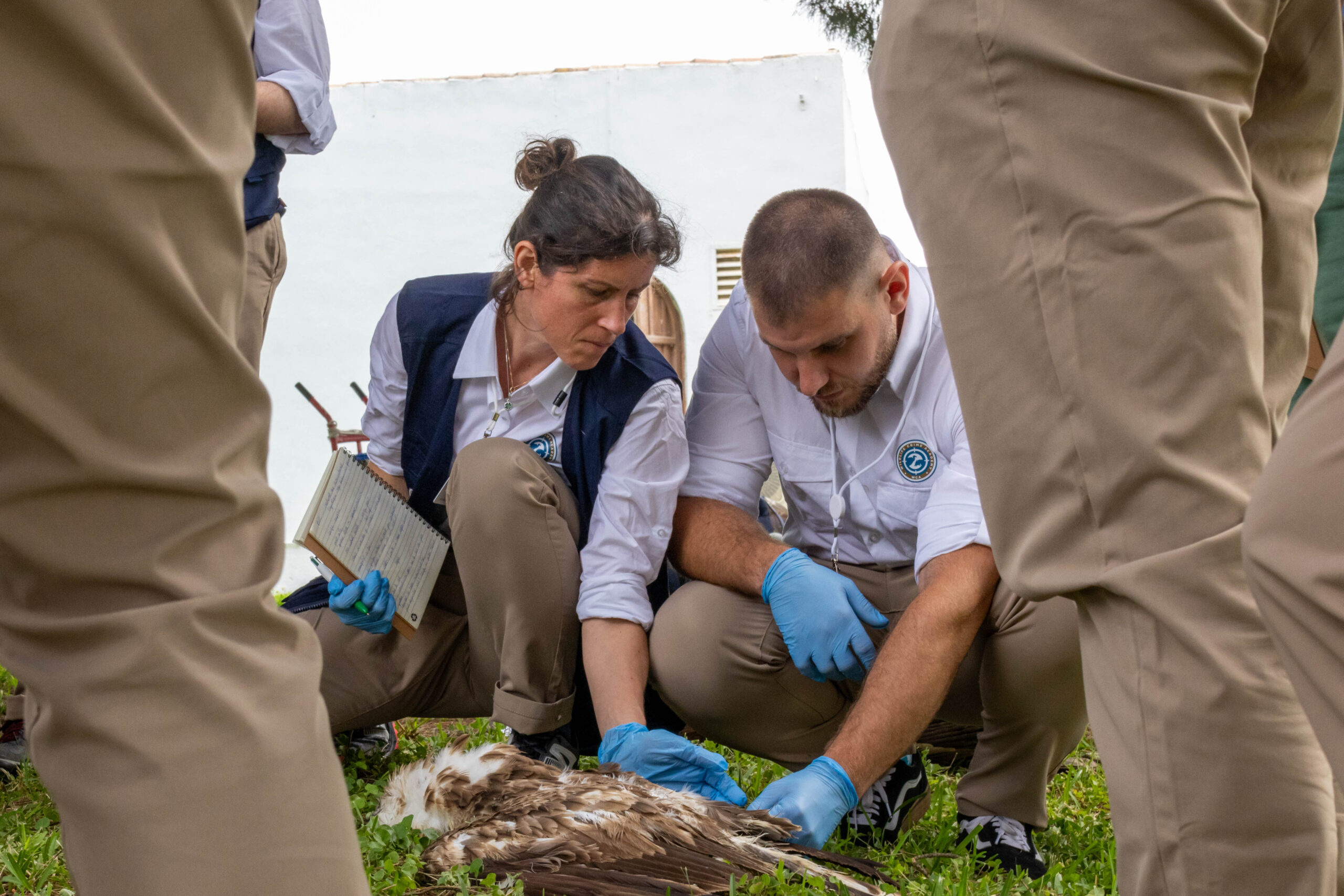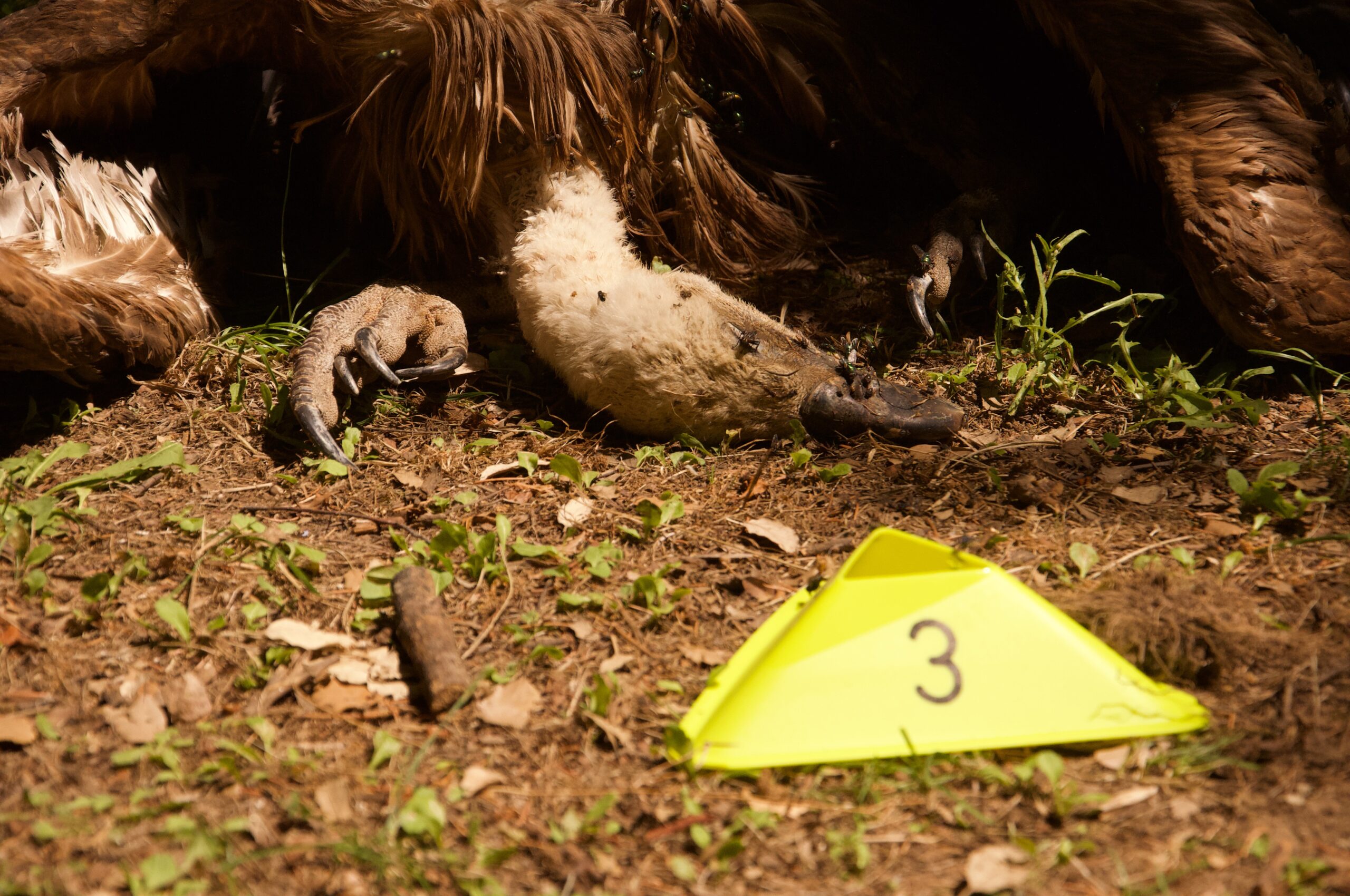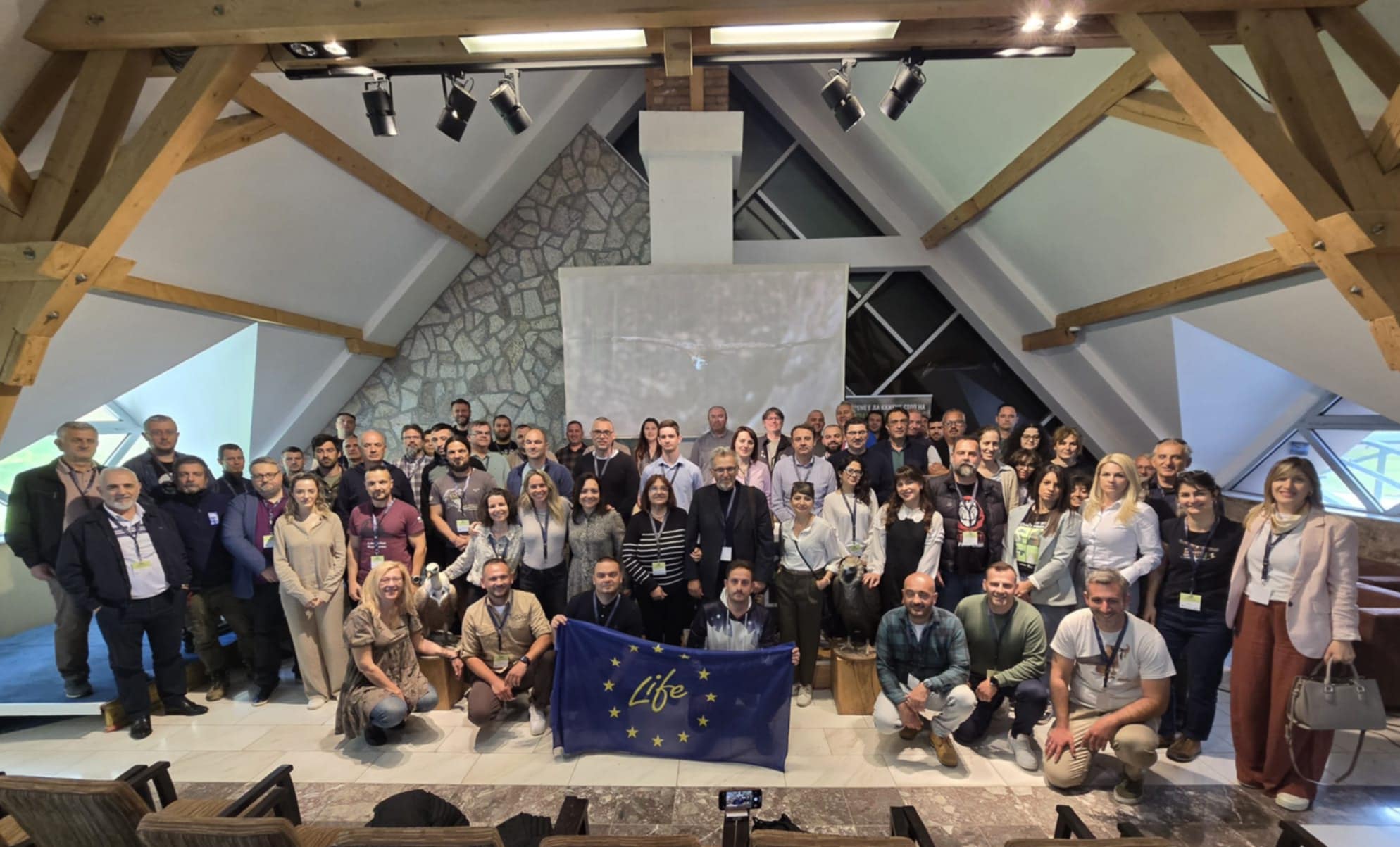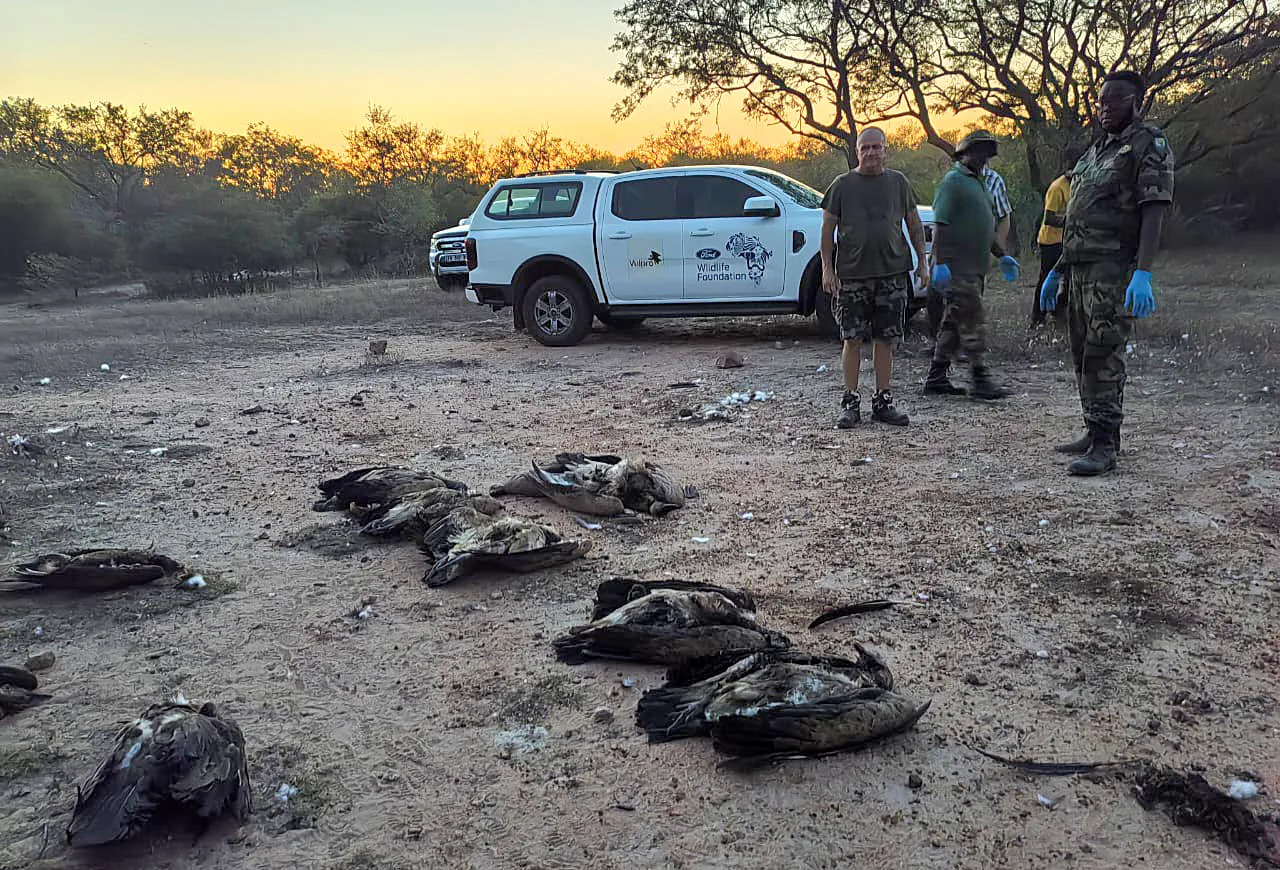According to a recent study, the decline of vulture population in India may have led to the death of around half a million people and an economic loss of near $70 billion a year between 2000 to 2005. The results of this study show the profound consequences of losing a keystone species such as vultures. In the era of the sixth mass extinction, it highlights the urgency of a change in direction in farming and environmental management.

In a country with over 307.5 million cattle, obligate scavengers like vultures have a crucial role both in the ecosystem and economy. In a not-so-far past, their population counted around fifty million individuals in India, making them common across the country. By consuming one cow in less than forty minutes, they to likely help control the spread of disease and facultative scavengers (i.e. dogs and rats). The rise in use of diclofenac as an anti-inflammatory drug for cattle in the early 1990s, caused a decline in the vulture population by more than 95%, taking them from common to critically endangered. The study “The Social Costs of Keystone Species Collapse: Evidence from the Decline of Vultures in India” by Eyal G. Frank and Anant Sudarshan, describes the catastrophic effects on the environment and on human health and economy of the loss of vultures in India.
The story of an ecological catastrophe
The decline of Indian Vultures is the fastest and the largest of a bird species recorded since the extinction of the passenger pigeon in the United States.
Before the early 1990s, Indian livestock farmers relied mostly on vultures to consume the carrion of their animals. When diclofenac, a nonsteroidal anti-inflammatory drug, became popular among farmers, approximately around 1994, they did not know that they were poisoning their best ally. In fact, even the smallest trace of this drug causes lethal kidney failure in vultures, while being completely safe for humans and other animals.
The first signs of the vultures’ decline appeared in 1996. Half of the Keoladeo National Park (Delhi) population was already gone. By the year 2000, all three species of Indian Vultures (the white-rumped vulture Gyps bengalensis, the long-billed vulture Gyps indicus and the slender-billed vulture Gyps tenuirostris) were classified as critically endangered. The cause of the catastrophe was addressed in 2004 by Oaks et al, and in 2006 the veterinary use of diclofenac was banned in India. However, surveys conducted up to 2018 document the still ongoing illegal use of the drug in cattle.
Despite the 2006 ban, Indian Vultures population might never recover from this disaster. Vultures take years to reach sexual maturity and produce very few offspring. A pair will lay and raise one chick per year, and its survival is not guaranteed.



Vultures’ superpower and ecological role
Vultures are keystone species: without them an ecosystem is bound to collapse. In addition, they provide unique services that other scavengers are not able to compensate for.
Vultures evolved as obligate scavengers. To survive the enormous amount of pathogens multiplying on carcasses, they developed an extremely acidic stomach. It kills most of the pathogens not only allowing them to safely consume carrion, but also removing them from the environment entirely making it safer for other species.
What happens when vultures disappear?
When vultures disappear, the carcasses abandoned in the so called “animal landfills” on the outskirts of population centres start to pile up. The build-up of rotting flesh attracts other scavengers, including feral dogs and rats. Feral dogs in India commonly attack people, especially small children, with deathly results. Moreover, India is a global epicentre of rabies, therefore any animal bite can result in death. Not coincidentally, the use of diclofenac, between 1994 and 2005, was followed by an increase in rabies vaccine sales.
Vultures and feral dogs compete for the same food source, so when the vulture population is healthy, it limits the feral dogs one. With the disappearance of vultures, feral dogs multiplied uncontrollably, becoming a threat to public safety. In addition, since dog and rat stomachs are not as acidic as vultures’ ones, infectious diseases increased.
By comparing the situation in areas highly suitable for vultures to areas that were never well-suited for them, scientists noticed an average increase in all-cause death rates of 4.2% in the years following the use of diclofenac. In other words, losing vultures to diclofenac is linked more than one hundred thousand deaths per year. The economic footprint of this phenomenon is calculated as a loss of $69.4 billion per year.
Lastly, vultures have a cultural value. The Parsi community in India, for example, has burial rituals that require vultures to consume the body. This tradition became increasingly impossible to perform due to the decline in vultures. Losing vultures means losing a part of cultures like this.

A global lesson
We live through the sixth mass extinction caused by human activities and pollution. Indian vultures case provides a particularly stark example of the unpredictable and hard-to-reverse consequences of our actions.
The loss of Indian Vultures shows how essential ecosystem services provided by different species are to human survival and quality of life. It should be a reminder of how much humans benefit from biodiversity before another species goes extinct in the wild.
Diclofenac is still available on the market in European countries claiming victims among vultures since 2021. Catastrophes like the Indian ones could be avoided, for example, by testing chemicals for their toxicity to at least keystone species before putting them on the market. We have the power to change our habits and national policies, asking for solutions that benefit both humans and wildlife before it is too late.



